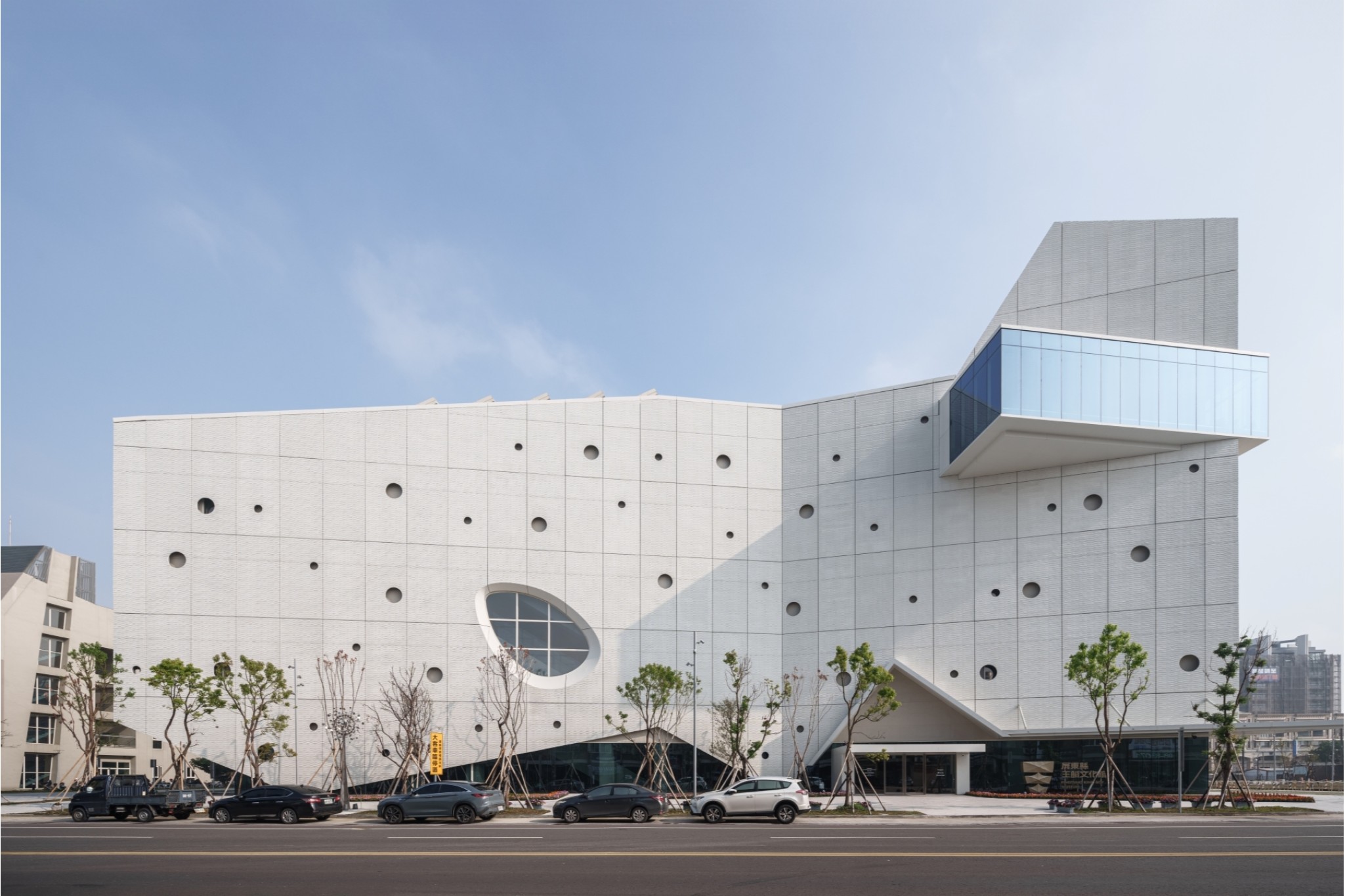
The first step begins with the deep-rooted traditional beliefs found along the coasts of Asia. This project takes inspiration from the Donggang King Boat Festival in Taiwan, transforming a long-standing folk belief into the central narrative of a cultural center. More than just an architectural endeavor, it is a practice in cultural revival—starting from reverence for the Wan Ye Worship, expanding into the exquisite craft of boat building, the rhythms of everyday life in fishing communities, and the collective memory of the harbor town, ultimately evolving into a cultural experience journey with tourism potential.
The King Boat Festival reflects the coastal communities’ deep reliance on and reverence for oceanic beliefs. Through the symbolic construction and burning of the King Boat, locals communicate with the divine, sending away plague spirits and praying for favorable weather and communal well-being. The ritual includes inviting the deities, a grand procession, religious ceremonies, and culminates in the burning of the boat—a powerful act symbolizing the expulsion of evil and the safeguarding of the town. Anchored in the idea that "life is culture, and culture is life," this project reimagines the King Boat tradition, local shipbuilding craftsmanship, and ceremonial practices as a 'living museum.' It not only preserves tradition but also expands the possibilities for cultural transmission through design—taking the first step toward shaping a better future.
The building’s design takes inspiration from the King Boat, translating its form and maritime symbolism into architecture. Massing responds to the surrounding park and greenbelt with setbacks that shape a welcoming pedestrian plaza. The folded glass base reduces visual weight and evokes ocean waves, while the lifted form defines the entrance, linking town and cultural space. Circular openings on the façade reference the “dragon eyes” of the King Boat and splashing sea foam, reinforcing the festival imagery. An observation deck on the eastern rooftop deepens the connection to the sea, offering an immersive cultural experience. The façade is clad in textured HPC (High Performance Concrete), a sustainable material chosen for its resistance to salt, moisture, and coastal conditions. Its surface catches sunlight, creating dynamic light and shadow throughout the day
In terms of spatial planning, the design closely integrates local history and the Wangye belief system (such as the cultural center and Eslite bookstore), local cuisine (featured restaurants and pubs), with architectural expression. The first floor is designed as an open commercial space, attracting local specialty vendors to enhance regional revitalization. The rooftop features a landscape-themed pub with an independent circulation route to facilitate user flow, offering visitors a comprehensive cultural and leisure experience, thereby improving the building’s overall functionality and tourism appeal. Upon entry, visitors transition from the bustling secular world into a space imbued with the spirituality of folk religion. The tall architectural volume combined with the atrium design creates a sacred spatial scale. The atrium area is enveloped in a translucent expanded metal mesh, whose perforations provide visual permeability, breaking the limitations of traditional black-box exhibition spaces and evoking imagery of ocean ripples. The aluminum mesh also serves to absorb sound and reduce noise, making the entrance atrium a serene and sacred space that guides visitors into a contemplative and reflective state. From the start, this project integrated local participation and community resources to promote cultural revival. Many local groups took part in research, including archival collection, oral history interviews, and volunteer guide training, showing strong community support for the King Welcoming faith and cultural heritage. The cultural center has five floors, four for permanent and special exhibits. Five themed areas follow the King Welcoming Festival’s ceremony: "Marine Beliefs," "Thousand-Year Patrol," "Pingtung Deputized Patrol," "Crafting the Divine Boat," and "Donggang King Welcoming." The exhibits link faith origins, history, crafts, and local culture to create an educational and immersive experience. On the third floor, a master shipbuilder created a full-scale festival King’s Boat inside the center. The boat’s prow extends into an open space, lit by the skylight above, symbolizing the connection between humans and the divine.
Architect
Chao Chien-Ming
Designer
Huang Chao-Chi
Designer
Hsu Chu-Yang
Designer
Shih Chen-Yuan